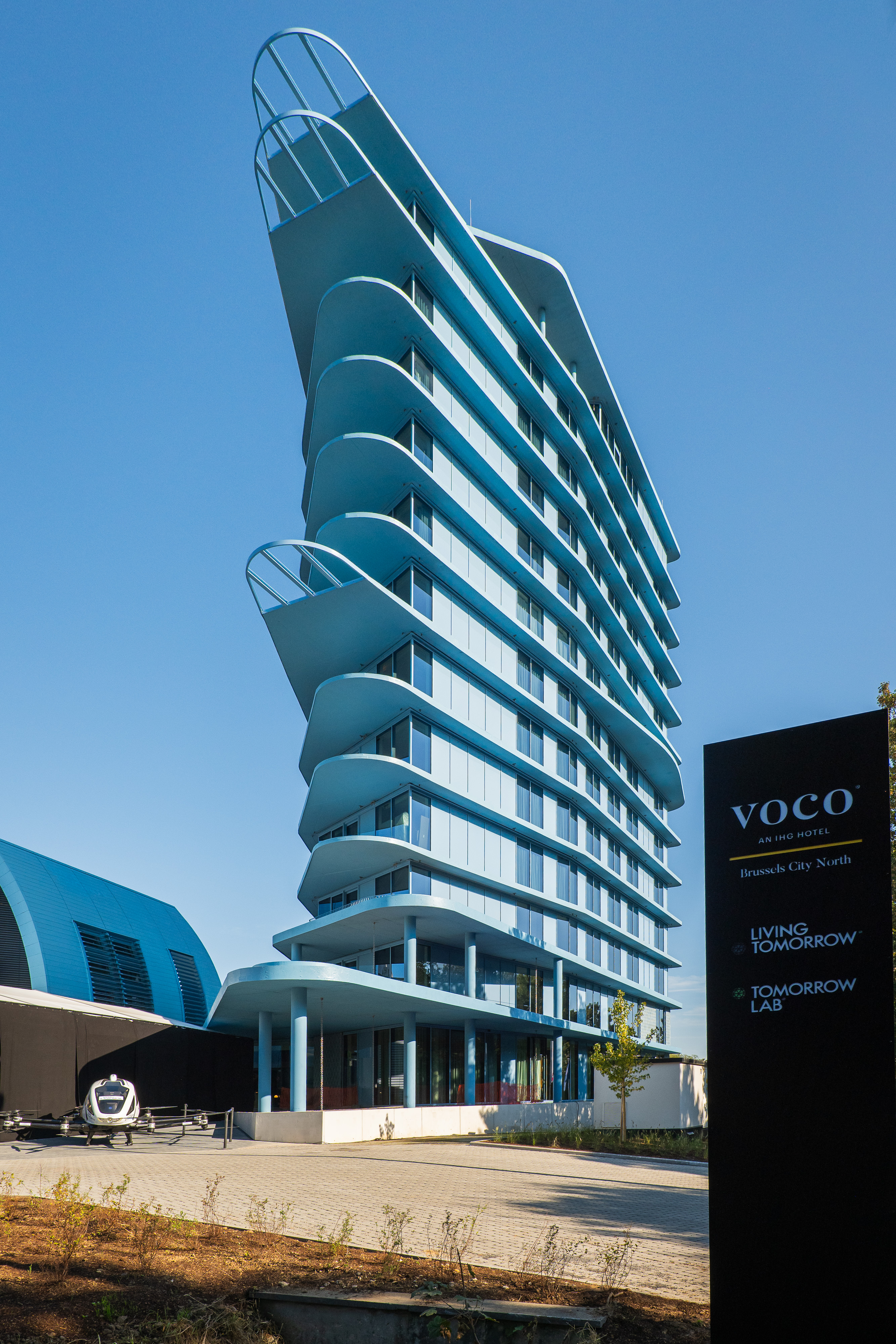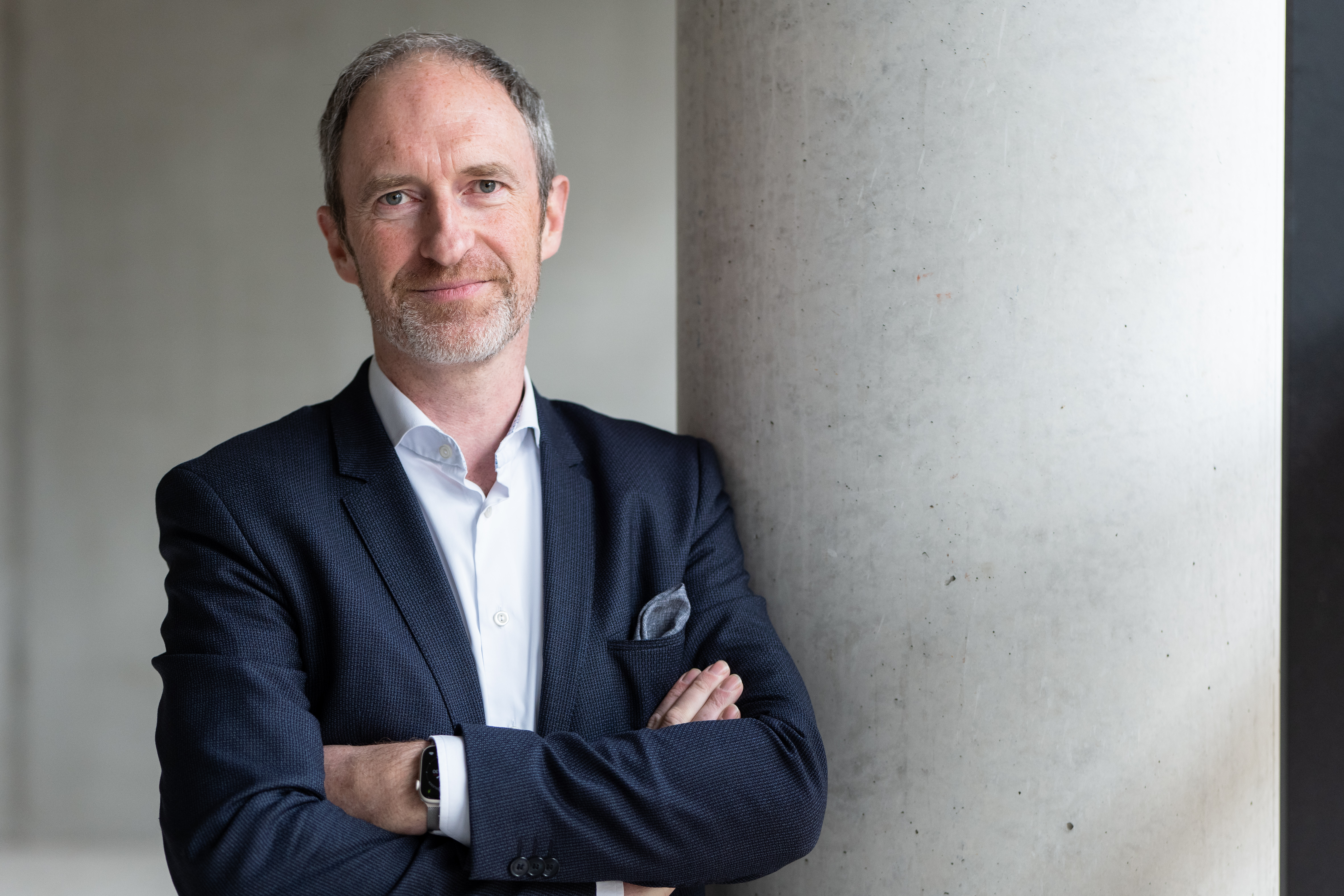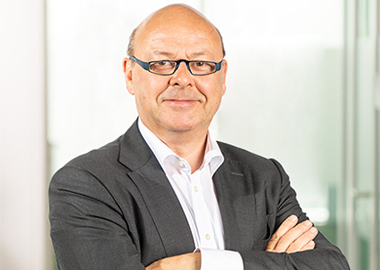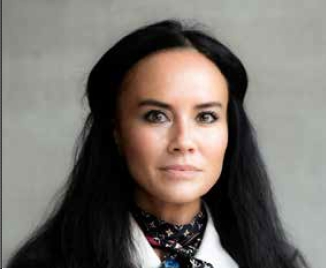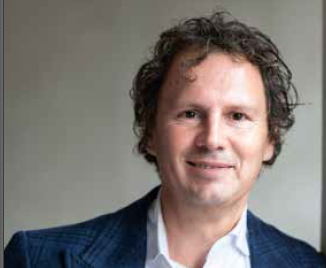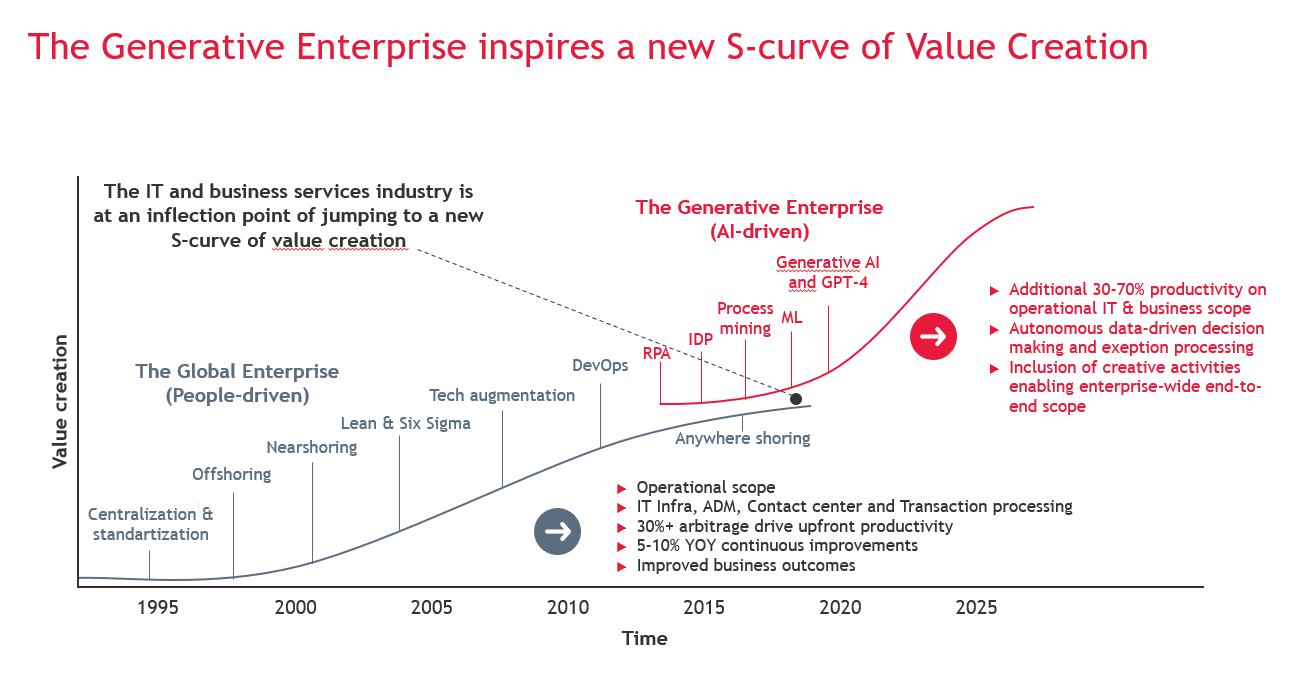Sitting around the table:
Yin Oei (CEO of Living Tomorrow Group)
Thanks to her sportsmanship and strategic approach, in 2008 Yin won ‘Expedition Robinson’, the reality programme in which participants have to survive on an uninhabited island. “Even in the most basic living environment, a person looks for ways to do things ‘better and more efficiently’. Instead of hunting for crabs every morning, we dug a pot in the sand in which the crabs trapped themselves. That’s pure innovation.”
Frank Beliën (Founder and Chairman of Living Tomorrow)
According to Frank, the moon could become the Persian Gulf of the mid-21st century. Its vast reserves of helium-3 are already giving a new boost to the space race among the economic superpowers. “On Earth, it is an extremely rare resource, but indispensable for making nuclear fusion possible. Nuclear fusion, without emissions of radioactive neutrons, is the energy source of the future. Ten space shuttles full of helium-3 would provide clean fusion energy for the entire world for a year.”
Joachim De Vos (Co-chair Living Tomorrow and Professor of Scenario Planning at UGent)
Author of ‘Why innovation fails’, Joachim teaches why innovation is important and reveals common pitfalls in an innovation process and how to get around them. “When I had the opportunity to show Bill Gates around Living Tomorrow’s first ‘House of the Future’ in 1995, he stressed the importance of immersing people in the tangible possibilities of the future so that they can prepare themselves and their environment for that future.”
Walter Vanherle (Partner BDO Belgium, Digital & Innovation)
You can certainly call Walter a technology enthusiast: his office is brimming with high-tech discoveries, from a futuristic food printer to an archaeological iPhone. His latest interest? ‘Digital twins’. “A digital twin is a digital copy of the real world in which we can model behaviour and performance and experiment with it to our heart’s content. Digital twins make innovation more cost-effective and, above all, less risky.”

